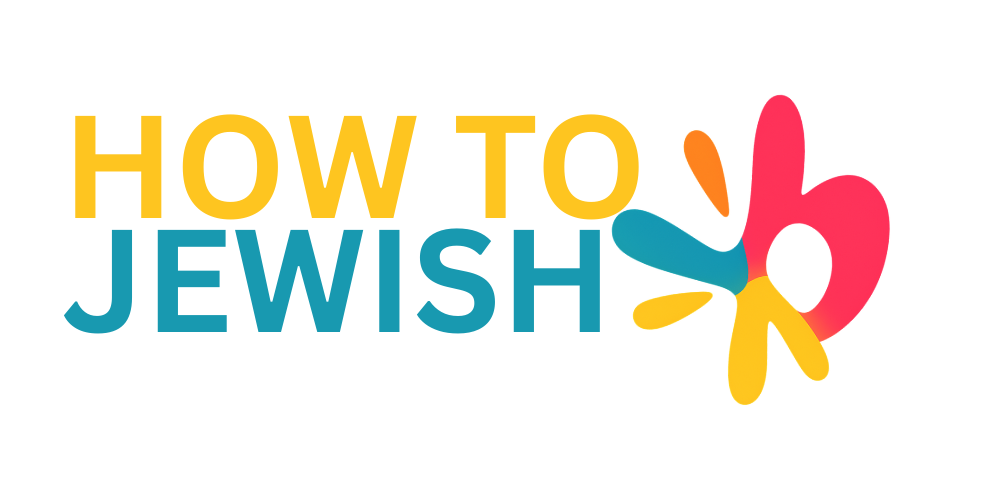Why Do We Bless Our Food?
In Jewish tradition, food is not just nourishment — it’s a gift from God. Saying blessings before and after eating helps us recognize that gift and elevate a physical act into something holy. These blessings are short, but they are packed with meaning.
Blessings Before Eating
Before eating, one recites a beracha rishona (initial blessing), depending on the type of food. Here are the six common categories:
- Hamotzi: Bread made from wheat, barley, rye, oats, or spelt – “Blessed are You… who brings forth bread from the earth.”
- Mezonot: Baked goods not considered bread (cakes, cookies, etc.).
- Ha’etz: Fruits that grow on trees.
- Ha’adama: Vegetables and fruits that grow from the ground.
- Shehakol: Everything else – meat, eggs, fish, drinks, etc.
Blessings After Eating
The blessing after food depends on what was eaten:
- Birkat Hamazon: A longer blessing said after eating bread.
- Al HaMichya: A shorter blessing for baked goods, fruits from the seven species of Israel, and wine.
- Borei Nefashot: A brief blessing for most other foods.
Real-Life Example
If you’re having an apple, you’d say “Baruch Atah Hashem… borei pri ha’etz” before eating. Afterward, you’d say the borei nefashot blessing. Over time, many Jews learn which blessing matches which food automatically — but it’s perfectly fine to start by checking a list or app as you learn.
Conclusion: A Mindful Approach to Eating
Blessings around food are a core part of Jewish life. They encourage gratitude and awareness, and turn an ordinary moment — like eating an apple — into an act of spiritual connection. As you get used to these blessings, they become second nature, adding meaning to every meal.








